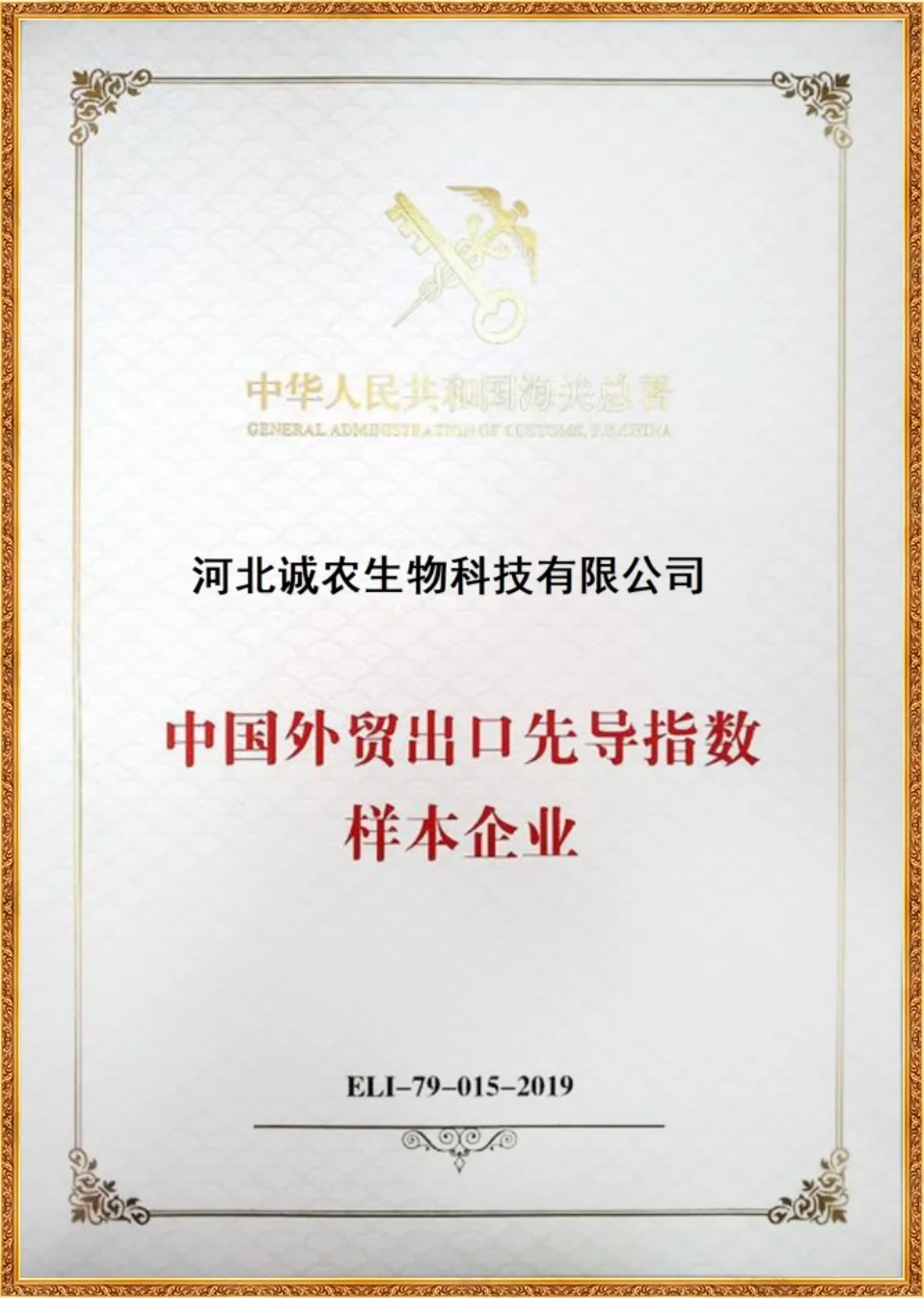
Dec . 18, 2024 00:33 Back to list
abamectin 0.15 ec insecticide product
Understanding Abamectin 0.15% EC Insecticide A Comprehensive Overview
In the realm of agricultural pest management, effective insecticides play a critical role in safeguarding crops and enhancing yields. One such product that stands out is Abamectin 0.15% EC (Emulsifiable Concentrate). This insecticide is widely recognized for its efficacy against a variety of pest species, making it a valuable tool for farmers and agricultural professionals alike.
What is Abamectin?
Abamectin is a naturally derived compound that belongs to the avermectin family of insecticides, which are derived from the fermentation of soil bacteria known as *Streptomyces avermitilis*. As a broad-spectrum insecticide and acaricide, Abamectin is particularly effective against pests such as spider mites, leaf miners, thrips, and various other economically important insects. Its mode of action involves interfering with the neurotransmission in insects, ultimately leading to paralysis and death.
Composition and Formulation
The formulation of Abamectin 0.15% EC contains 0.15% active ingredient, which is effective in delivering optimal pest control. The emulsifiable concentrate formulation allows for easy mixing with water, enabling uniform coverage of crops during application. This formulation is characterized by its ability to spread and adhere to plant surfaces, ensuring that pests are effectively targeted upon contact.
Application Guidelines
For optimal results, it is crucial to follow specific application guidelines. Abamectin 0.15% EC can be applied via ground or aerial spraying, depending on the scale of the operation and the level of pest infestation. The recommended application rate typically varies based on the type of crop and the severity of the pest problem. It is vital to consult the product label for specific instructions tailored to crops such as tomatoes, cucumbers, various fruit trees, and ornamental plants.
Timing of application is also critical. Applying Abamectin early in the pest lifecycle, particularly during the juvenile stages, increases the likelihood of reducing pest populations effectively. Farmers should monitor pest levels regularly and apply the insecticide as needed, adhering to recommended pre-harvest intervals to ensure food safety.
abamectin 0.15 ec insecticide product

Benefits of Using Abamectin 0.15% EC
1. Efficacy Abamectin is known for its rapid action against pests, providing swift relief for affected crops. Its effectiveness at low concentrations allows farmers to manage pest populations without resorting to higher volumes of chemicals. 2. Residual Activity This insecticide has a residual effect, which can result in prolonged pest control. However, growers should be mindful of the degradation time and ensure that applications do not interfere with beneficial organisms in the ecosystem.
3. Targeted Application Abamectin is particularly effective against specific pests, making it a strategic choice in integrated pest management (IPM) programs. Its selective action minimizes harm to beneficial insects such as ladybugs and parasitic wasps.
4. Environmental Impact There is an increasing emphasis on sustainable agricultural practices. Abamectin, being a naturally derived insecticide, presents a less toxic alternative compared to synthetic chemicals, reducing the overall chemical footprint on the environment.
Safety Precautions
While Abamectin 0.15% EC is effective, safety is paramount. Users should wear appropriate personal protective equipment (PPE) including gloves, masks, and protective clothing during application. It is also crucial to observe all safety warnings and first-aid instructions provided on the product label.
Additionally, strategic application practices should be employed to prevent environmental contamination and reduce the risk of resistance development among pest populations. Rotating insecticides with different modes of action can help maintain the efficacy of Abamectin while minimizing the potential for resistance.
Conclusion
Abamectin 0.15% EC insecticide stands out as a reliable option for agricultural pest control, combining efficacy, targeted action, and a relatively low environmental impact. By adhering to application guidelines and safety practices, farmers can leverage this powerful tool to protect their crops, enhance yields, and contribute to sustainable farming practices. As with any agricultural product, informed usage and an understanding of the pest lifecycle are key to achieving the best results in pest management.
-
Azoxystrobin: Broad-Spectrum Fungicide Solutions
NewsAug.11,2025
-
Best EPA Boscalid: Superior Crop Fungicide for Max Yields
NewsAug.11,2025
-
Best Willowood Imidacloprid: Superior Pest Control Solutions
NewsAug.10,2025
-
Best EPA Boscalid Fungicide: Ultimate Crop Protection
NewsAug.09,2025
-
Cyprodinil Fungicide: Broad-Spectrum Crop Protection
NewsAug.08,2025
-
Tembotrione Herbicide: Advanced 8% OD for Broad Spectrum
NewsAug.07,2025
